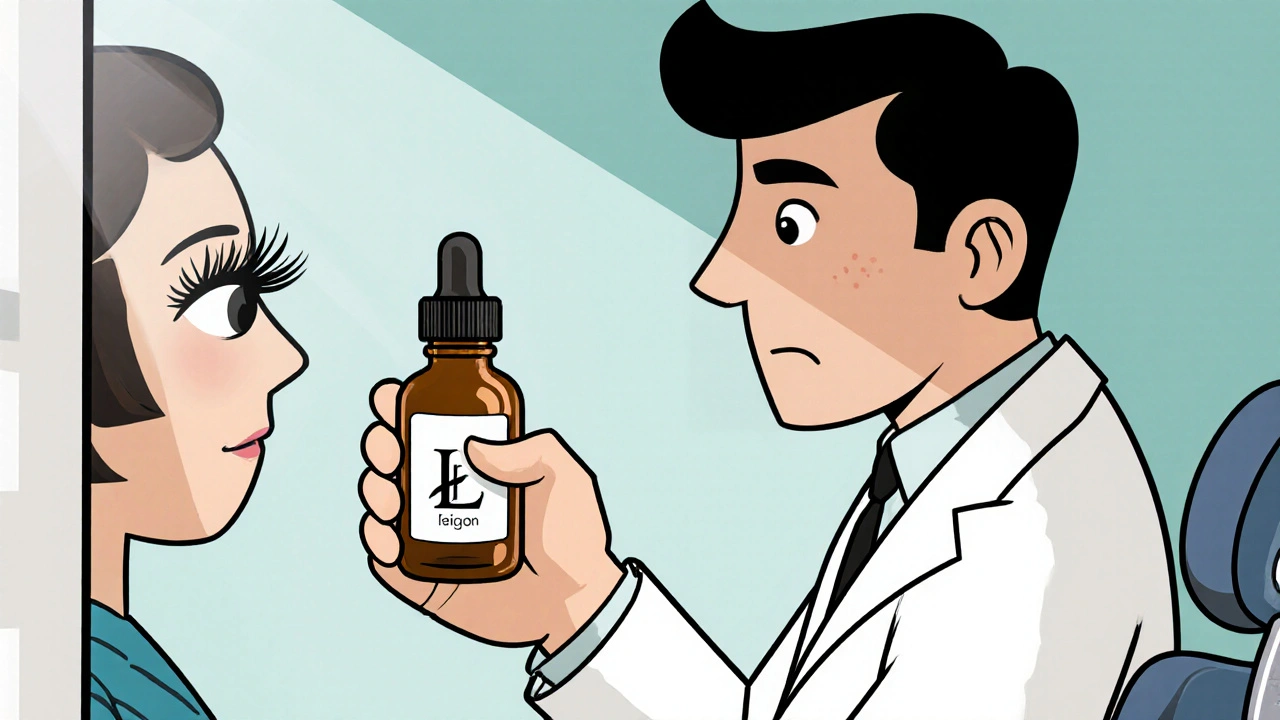
Bimatoprost’s Cultural Impact: How a Glaucoma Drug Redefined Beauty Standards
Explore how the glaucoma drug Bimatoprost reshaped beauty standards, influencing eyelash trends, the cosmetics market, and cultural perceptions of beauty.
When you hear Bimatoprost, a synthetic prostaglandin analog used to reduce intraocular pressure in glaucoma and to promote eyelash growth. Also known as Latisse when used for eyelashes, it’s one of the few drugs approved for both medical and cosmetic eye care. It works by increasing the outflow of fluid from the eye, which lowers pressure inside the eyeball — a key factor in preventing optic nerve damage from glaucoma. But it doesn’t just treat disease. Many people use it off-label to grow longer, thicker eyelashes, which is why you’ll see it in both eye clinics and beauty routines.
Bimatoprost relates directly to other eye medications like latanoprost, another prostaglandin analog used for glaucoma, and timolol, a beta-blocker that reduces fluid production in the eye. While latanoprost works similarly to Bimatoprost, some patients respond better to one over the other. Timolol, on the other hand, takes a different approach — it doesn’t boost drainage, it slows down fluid creation. Then there’s travoprost, a third prostaglandin option with slightly different side effect profiles. These aren’t just interchangeable pills — they’re tools chosen based on patient history, cost, and how the eye responds over time.
People using Bimatoprost for eyelashes often wonder if it’s safe long-term. The answer isn’t simple. While FDA-approved for cosmetic use under the brand Latisse, some users report darkening of the iris or eyelid skin, especially with prolonged use. That’s why it’s not sold over the counter in many places — it needs monitoring. And while it’s not a cure for glaucoma, it’s one of the most effective ways to slow its progression without surgery. If your doctor prescribes it, they’re likely weighing your risk of vision loss against potential side effects. If you’re using it for lashes, you’re probably balancing cosmetic results with the small chance of permanent eye color change.
What you’ll find below is a collection of real comparisons — not just for Bimatoprost, but for other eye treatments, medications that affect pressure, and even how some drugs overlap in use. You’ll see how it stacks up against similar eye drops, what alternatives doctors recommend when it doesn’t work, and how patient experiences vary. This isn’t theory. These are practical, real-world insights from people who’ve used it, switched from it, or had to find another option.

Explore how the glaucoma drug Bimatoprost reshaped beauty standards, influencing eyelash trends, the cosmetics market, and cultural perceptions of beauty.